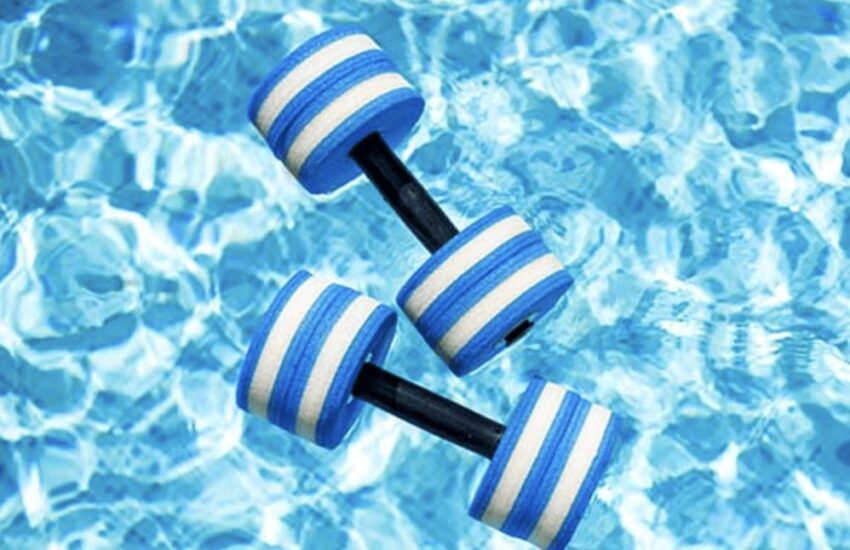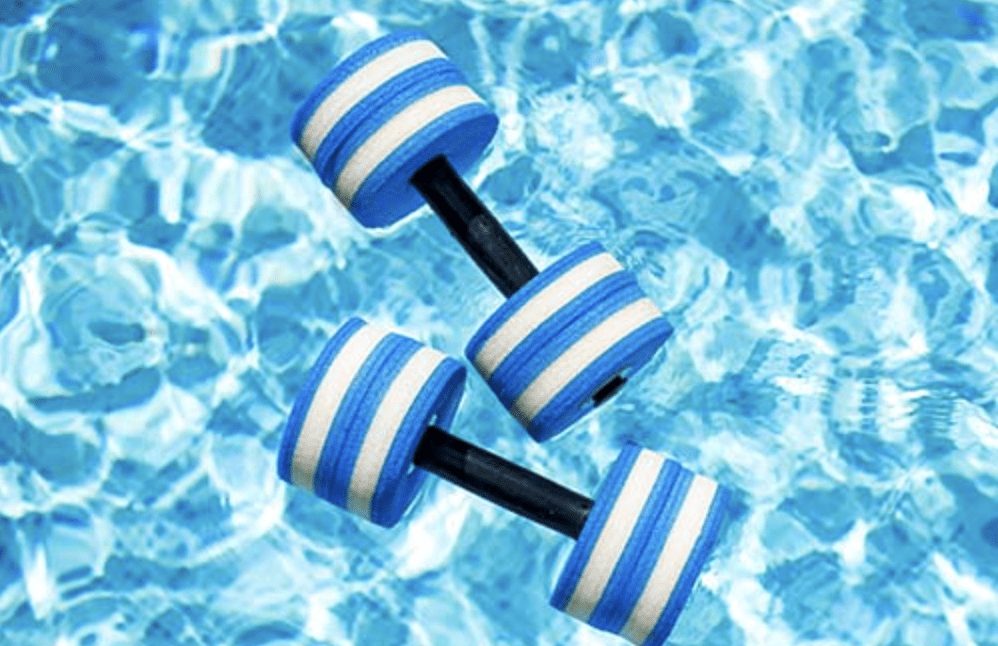by Mary Wykle, Mary O. Wykle, PhD, ATRIC, AEA
What aquatherapy restrictions should you be thinking about?Aquatic therapy is an important therapeutic intervention for spine patients and benefits are proven through scientific research. Understanding the importance of aquatic therapy requires an overview of aquatic therapy and rehabilitation, usually provided in pools that are 90 degrees thus reducing muscle tension and aiding relaxation.
Aquatic therapy significantly aids in spinal conditions whether non-surgical or surgical. Surgical aquatic therapy is only after surgeon approval. Primary benefits include buoyancy, hydrostatic pressure, viscosity and drag forces, turbulent flow, and the impact of refraction.
Buoyancy provides a supportive environment reducing the fear of falling while stimulating systems involved with balance. Hydrostatic pressure assists in reducing edema and blood pooling leading to increased circulation of the blood to the heart and brain. The fluid resistance of viscosity and drag forces allows time for righting reactions to movement in the pool.
>>>> Speak with Mary, a Spinal Champion Advocate!
Turbulence can provide resistance, provide proprioceptive feedback for postural concerns and act as a form of massage for muscle relaxation and decreased pain in the warm water. Water refraction creates distortions and may play a role in stimulating the vestibular system.
Aquatic Therapy Restrictions
Restrictions during the pandemic have resulted in challenges to providing aquatic therapy and rehabilitation. In the United States, the CDC/Healthy Swimming website provides guidance for swimming pools (therapy pools are not mentioned), which states:
>>>> 3 Ways to Use Aquatic Therapy for Recovery
There is no evidence that COVID-19 can be spread to people through recreational water” – that translates to pools that have correct chlorine/ bromine, pH, and ventilation systems. Masks are not recommended to be worn in the pool because breathing
is challenged when the mask becomes wet. The basic recommendations of masks, sanitizing, and safe distancing remain the same. A minimum of 6 feet distance be kept between pool users, but 10 feet is recommended.
>>>> 10 Exercises to Do in the Pool
This past year has proven a challenge for aquatic therapy as many facilities are closed or open on a limited basis. In addition, requirements concerning disinfection, social distancing, closed dressing/shower areas, and masking have required changes to normal procedures. COVID-19 has impacted aquatic therapy around the world.
Read more in our quarterly Spine Health Journal.




